Architect Raj Rewal: Crafting Cultural Identity Of India Through Iconic Designs
- 2 Dec 2023
- By Deshal Shah
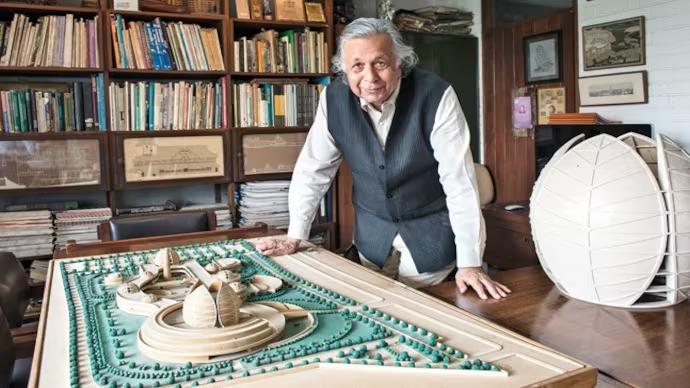
Raj Rewal, a renowned Indian architect born in 1934, is celebrated for his innovative and sustainable architectural designs. His works blend traditional craftsmanship with modern functionality, reflecting a deep understanding of cultural contexts. Rewal's notable projects include the Parliament Library in New Delhi and the Hall of Nations, showcasing his commitment to blending heritage and contemporary architectural principles.
Here are three notable works by Architect Raj Rewal
1. Parliament Library, New Delhi
A masterpiece in modern Indian architecture, the Parliament Library by Raj Rewal showcases a harmonious blend of traditional design elements and contemporary functionality, symbolizing the nation's cultural and political identity.
2. Hall of Nations, New Delhi
A groundbreaking and iconic structure, the Hall of Nations exemplifies Rewal's innovative approach. Built for the 1972 Asian Games, it was a pioneering example of space-frame architecture, unfortunately demolished in 2017.
3. Asian Games Village, New Delhi
Rewal's design for the Asian Games Village is a testament to his vision for sustainable urban development. The project not only provided state-of-the-art facilities for athletes but also emphasized the integration of green spaces and community-oriented planning.
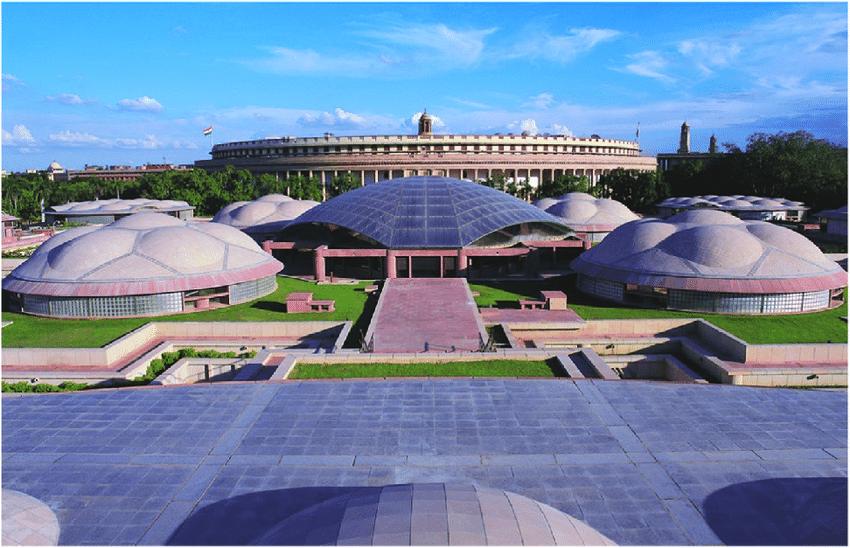
A Glimpse into the Architectural Marvel: Parliament Library, New Delhi
Nestled in the heart of New Delhi, the Parliament Library stands as a testament to the genius of architect Raj Rewal. This architectural marvel seamlessly combines traditional design elements with contemporary functionality, creating a structure that not only houses knowledge but also reflects the rich cultural and political identity of the nation.
Historical Context and Significance:
Commissioned to house the vast repository of knowledge for the Indian Parliament, the library was conceptualized in the late 1970s. The need for a space that not only symbolized the intellectual wealth of the nation but also echoed its cultural roots was paramount. Raj Rewal, already gaining recognition for his innovative designs, was entrusted with the task of creating a structure that would become an iconic symbol of modern Indian architecture.
Architectural Design:
The Parliament Library is a striking example of how architectural design can be a harmonious blend of tradition and modernity. The exterior of the building draws inspiration from classical Indian architecture, featuring elements like jaali work, arches, and domes. However, as one steps inside, the design seamlessly transitions into a modern, functional space.
The façade of the library is adorned with intricate jaali work, reminiscent of traditional Indian screens. This not only adds a touch of cultural richness but also serves a practical purpose, filtering natural light and creating a play of shadows within the interior spaces. The arches, a timeless feature in Indian architecture, are reinterpreted with a contemporary flair, giving the building a sense of grandeur.
The interior spaces are designed with a focus on functionality and aesthetics. The use of modern materials and technology ensures that the library meets the contemporary requirements of a state-of-the-art facility. The central atrium is a breathtaking space that not only serves as a focal point but also allows for natural ventilation and illumination, reducing the building's environmental impact.
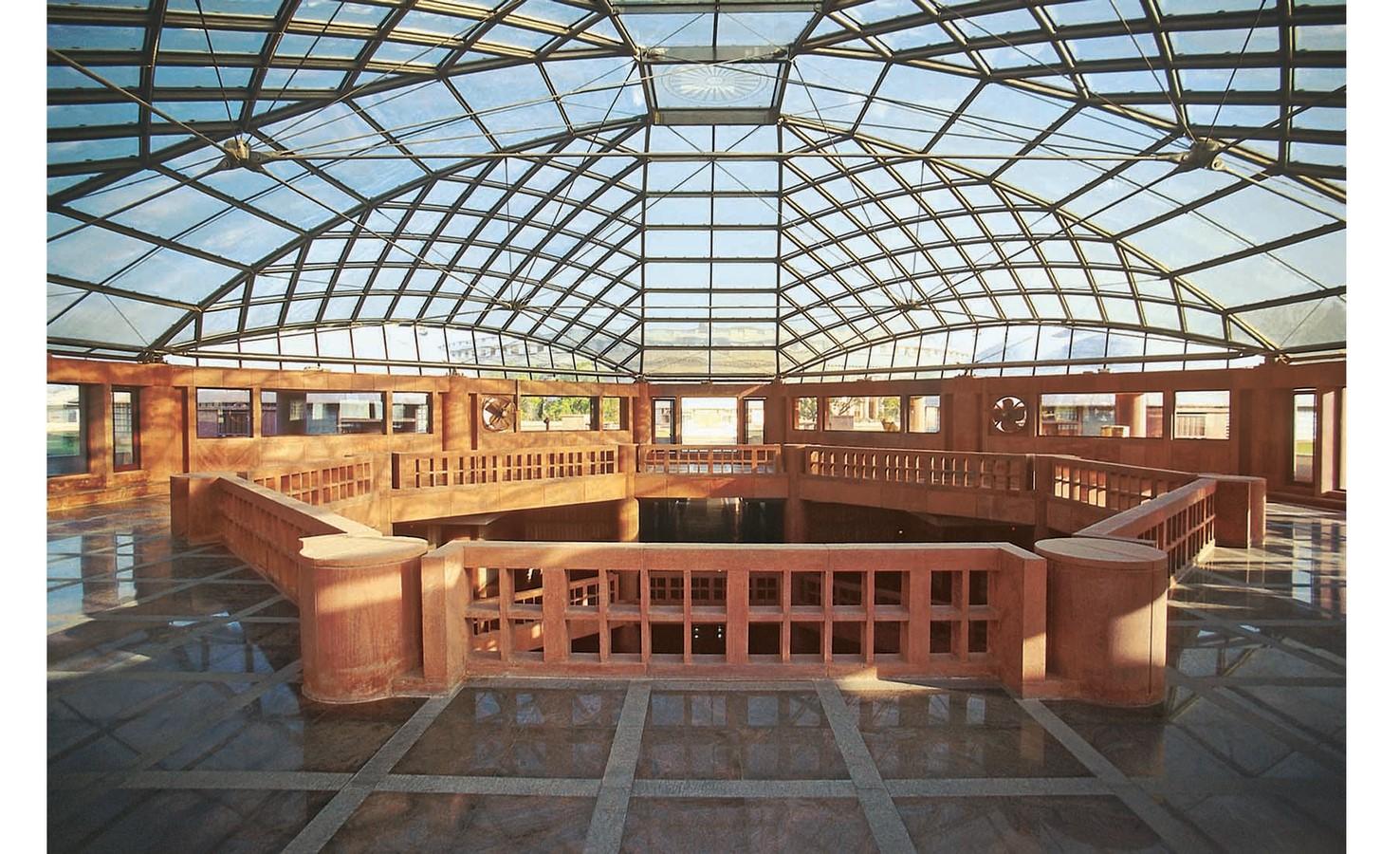
Symbolism and Cultural Integration:
Beyond its architectural brilliance, the Parliament Library is a symbol of India's commitment to knowledge, democracy, and cultural continuity. The incorporation of traditional design elements is a deliberate choice, signifying a connection to the roots of the nation. The building stands as a representation of the synthesis of old and new, tradition and progress, encapsulating the essence of India's journey.
The use of Indian motifs and design elements also sends a powerful message about the importance of cultural identity in the face of rapid modernization. In an era where globalization often leads to a homogenization of architectural styles, Rewal's work asserts the significance of maintaining a distinct identity rooted in history and tradition.
Raj Rewal's Vision:
Raj Rewal's vision for the Parliament Library goes beyond creating a functional space; it is about storytelling through architecture. His approach involves understanding the cultural context and embedding it in the design, ensuring that the building becomes a living narrative of the nation's ethos.
The library is not merely a structure; it is a dialogue between the past and the present. Rewal's commitment to creating spaces that evoke a sense of place and identity is evident in every detail. His ability to fuse the best of tradition with the demands of modernity has established him as a trailblazer in the realm of architecture.
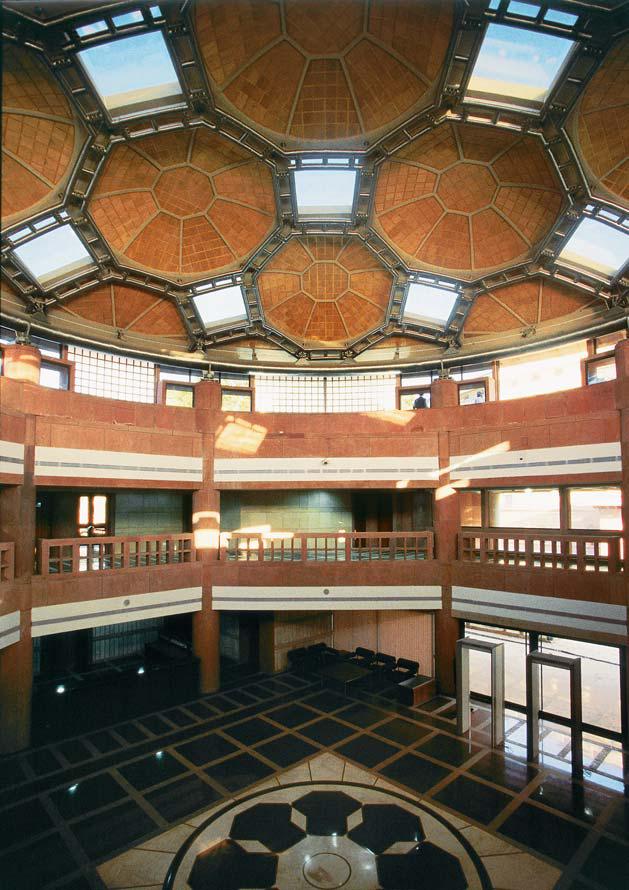
Challenges and Solutions:
The creation of such a monumental structure was not without its challenges. Balancing the need for a design that reflects India's rich cultural heritage while meeting the functional requirements of a modern library posed a unique set of difficulties. Additionally, the project had to adhere to strict timelines, considering its significance as a government building.
Rewal's solution to these challenges lay in a meticulous understanding of the site, its surroundings, and the intended purpose of the structure. The integration of sustainable design principles, such as the use of natural ventilation and lighting, not only addressed environmental concerns but also contributed to the overall efficiency of the building.
Legacy and Impact:
The Parliament Library stands as a timeless contribution to the architectural landscape of India. Its impact extends beyond its physical presence; it has become a source of inspiration for aspiring architects and a symbol of national pride. The building's legacy lies not only in its aesthetic appeal but also in the message it conveys about the importance of preserving cultural identity in the face of progress.
Raj Rewal's innovative design for the Parliament Library has set a precedent for how contemporary architecture can pay homage to tradition without compromising on functionality. As India continues to evolve, structures like these serve as a reminder of the intrinsic connection between architecture, culture, and national identity.
In the heart of New Delhi, Raj Rewal's Parliament Library stands as a testament to the seamless integration of tradition and modernity in architectural design. Beyond its role as a repository of knowledge for the Indian Parliament, the building is a symbol of cultural continuity and a visual narrative of India's journey. Raj Rewal's visionary approach has not only left an indelible mark on the architectural landscape but has also sparked a dialogue about the significance of preserving cultural identity in the face of rapid modernization. The Parliament Library remains an enduring masterpiece, inviting admiration and contemplation, as it continues to narrate the story of a nation through its architectural grandeur.
Recently Published
loves or pursues or

.jpg)






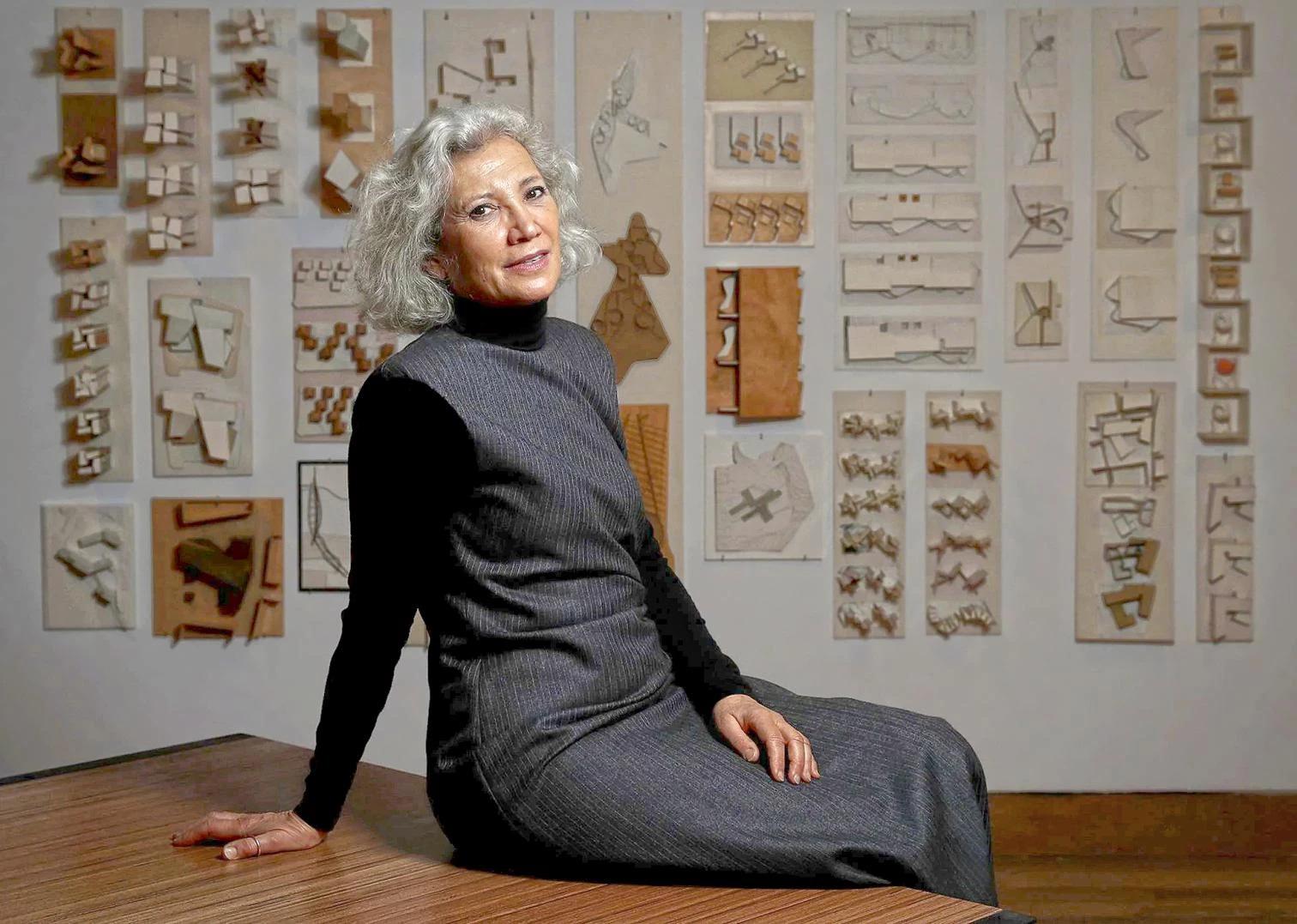
.jpg)